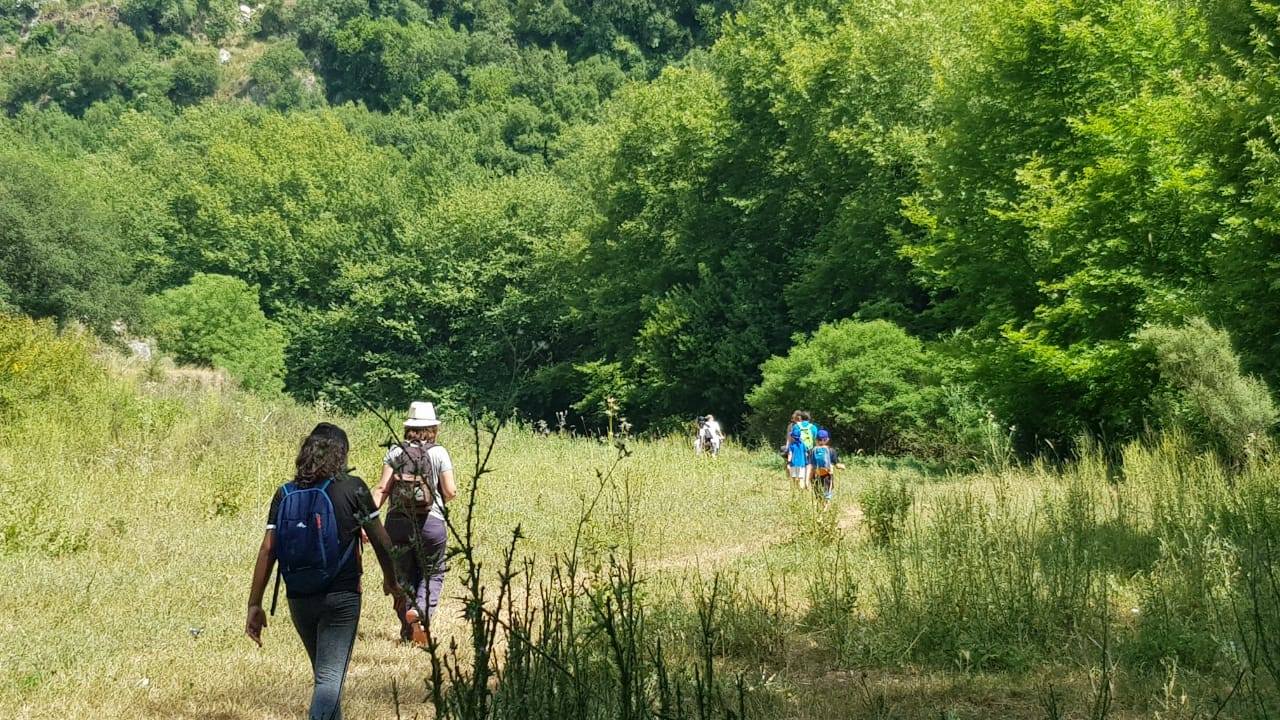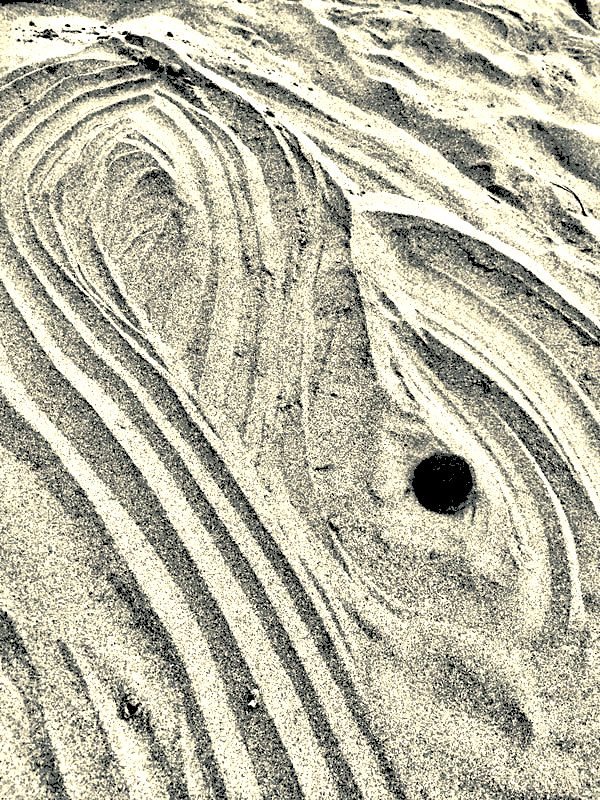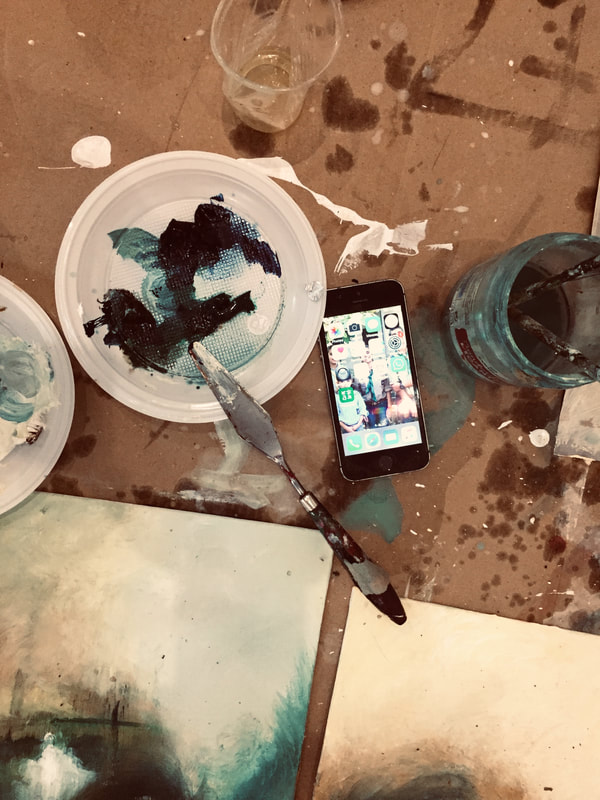 Have you ever wondered why we enjoy watching movies, playing games, or listening to music? What makes these activities so entertaining and fun? Having fun, known as “divertissement” in French, is an essential aspect of human behavior and well-being. It provides us with various benefits, such as stress relief, emotional expression, social bonding, cognitive stimulation, education, and learning, fostering creativity, boosting mood and happiness, and improving mental and emotional health. Here are some of the key ways to entertain yourself:
0 Comments
Introduction:Creativity is a fundamental aspect of art, allowing artists to express themselves and communicate their ideas. However, artists often encounter a phenomenon known as "creativity block" or "creative block," where they struggle to generate new ideas or find inspiration. Creativity block can have various causes, such as stress, fear of failure, perfectionism, lack of motivation, boredom, or external pressure. In this blog, we will explore the complex relationship between creativity block, depression, and curiosity in the context of art. By understanding these connections, we can shed light on the challenges artists face and discover strategies to overcome them.
The Nature of Creativity Block:Creativity block is a common experience for artists across various disciplines, ranging from painters and writers to musicians and performers. It is characterized by a temporary inability to generate new ideas or produce work that meets personal expectations. The causes of creativity block can be diverse, including self-doubt, fear of failure, perfectionism, external pressure, or even burnout. This blockage can lead to frustration and a sense of stagnation in artistic pursuits. Depression and Creativity:Depression is a mental health condition that affects millions of people worldwide, including artists. The relationship between creativity block and depression is a complex one. While it's not accurate to claim that depression necessarily leads to creativity block or vice versa, there is evidence to suggest a correlation. Depression can cause a lack of motivation, feelings of worthlessness, and an overall sense of hopelessness, which can hinder the creative process. Moreover, the intense emotional experiences associated with depression may overwhelm artists, making it difficult to channel those emotions into their art. On the other hand, some artists find solace and a means of expression in their creative endeavors, even while experiencing depression. Art can serve as an outlet, allowing individuals to convey their emotions and find a sense of catharsis. For some, the act of creating can be a therapeutic process that provides temporary relief from depressive symptoms. However, it's important to note that relying solely on art as a coping mechanism for depression may not be sufficient, and seeking professional help is essential or support from friends and family if the artist is struggling with depression. Curiosity as a Catalyst:Curiosity is a powerful driving force in the artistic process. It fuels exploration, experimentation, and the desire to learn and grow. When artists face creativity block, cultivating curiosity can help break through the barrier. By maintaining an open mind and a sense of wonder, artists can discover new sources of inspiration. This can involve seeking inspiration from other artists, exploring different art forms or techniques, or even venturing outside of their comfort zones. Additionally, curiosity can play a crucial role in combating depression. The act of engaging with the world, seeking new experiences, and challenging oneself can counteract the feelings of apathy and disinterest that often accompany depression. Cultivating curiosity helps artists shift their focus away from the negative aspects of their mental state and toward the exploration of new ideas and possibilities. Experimenting with different mediums, styles, or techniques to break the routine and challenge oneself is one of the tried and trusted means of fighting depression. Creativity block, depression, and curiosity are interconnected aspects of the artistic journey. While creativity block and depression can hinder artistic expression, curiosity acts as a catalyst for overcoming these challenges. By fostering a sense of curiosity, artists can find new avenues of inspiration, break free from the grips of depression, and reignite their creative spark. Moreover, seeking support, both from peers and professionals, is crucial in navigating these complex issues. By understanding and addressing the relationship between creativity block, depression, and curiosity, artists can continue to grow, thrive, and create meaningful art. Creativity a Human behavior
Creativity is a skill that allows us to develop new ideas or use objects or information in novel ways. It is a part of our drive as humans, a drive that fosters resilience, joy, and offers opportunities for self-actualization. Creativity is also essential for innovation, progress, and problem-solving in various domains of life. Humans express their creativity in many forms of art, such as painting, music, literature, dance, etc. Art is a way of communicating our emotions, thoughts, experiences, and values to others and ourselves. Art can inspire us, challenge us, entertain us, and educate us. Art can be a source of beauty, meaning, and pleasure in our lives. Creativity does not solely exist as art, it also manifests as science, technology, engineering, mathematics, business, education, and social change, fields that require creative thinking and action. Creativity in these forms discovers new knowledge, creates new products or services, improves existing ones, and addresses important issues. It can help us adapt to changing circumstances, find solutions to complex problems, and generate value for ourselves and others. Creativity and curiosity go hand in hand; curiosity is the foundation for a more creative life, leading us to seek information which, in turn, leads to higher creativity. Creativity is enhanced when we seek answers to divergent and self-initiated questions. Curiosity is also the catalyst for questioning, and questioning is what propels us to seek out the unfamiliar and the unknown. Curiosity is the fuel necessary for creativity to prosper and succeed. Albert Einstein said, “I have no special talents. I am only passionately curious.” He also said, “The important thing is not to stop questioning. Curiosity has its own reason for existing.” For Einstein, curiosity was the engine that drove his creativity. Curiosity then leads us to experiences, and those experiences lead to creativity. According to Hoque, it is curiosity that drives our creativity. Psychotherapist Diana Pitaru takes the view that the relationship between creativity and curiosity is symbiotic. She says, “Curiosity feeds creativity and vice versa; they are not distinct from each other but rather different expressions of the same process.” We live in world managed by technology. We have established that creativity and curiosity are human´s response to the unknown, but when technology is added to the mix it must be fascinating. The truth is far more complex as technology can have both positive and negative effects on human curiosity, depending on how it is used. On one hand, technology can stimulate curiosity by providing access to a vast amount of information, diverse perspectives, and novel experiences. Technology can also enable us to explore our interests, passions, and hobbies in more depth and with more resources. Technology can also facilitate learning and discovery by offering interactive and engaging tools, such as simulations, games, and virtual reality. However, technology can also diminish curiosity by distracting us from our natural surroundings, reducing our attention span, and overwhelming us with too much information. Technology can also create a false sense of satisfaction or mastery, by giving us easy answers or solutions without requiring much effort or inquiry. Technology can also discourage us from asking questions, seeking feedback, or challenging ourselves, by making us more passive or dependent on external sources. Therefore, the impact of technology on human curiosity depends largely on how we use it and what we use it for. If we use technology as a tool to enhance our curiosity, to seek new knowledge, to create new things, or to solve meaningful problems, then technology can be a positive force for curiosity. However, if we use technology as a way to escape from reality, to avoid boredom or discomfort, or to consume information without processing or applying it, then technology can be a negative force, reducing us to incurious minds unable or unwilling to expand our horizons. |
Details
about bloomWe are a European/Lebanese run art space in Valencia, Spain. Archives
July 2024
COPYRIGHT NOTICE© Bloom Gallery. Unauthorized use and/or duplication of this material without express and written permission from this site’s author and/or owner is strictly prohibited. Small excerpts and links may be used, provided that full and clear credit is given to Bloom Gallery with appropriate and specific direction to the original content.
|

